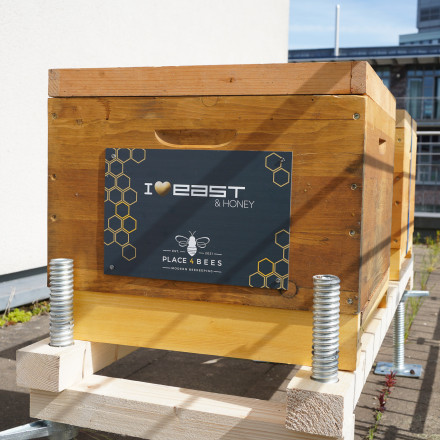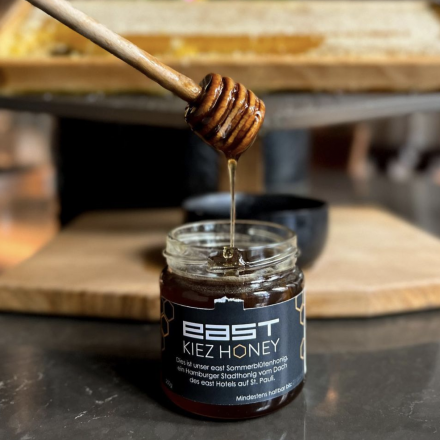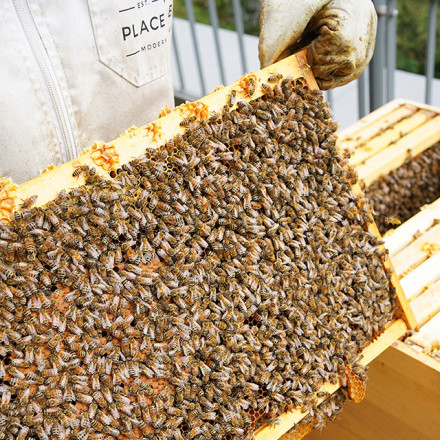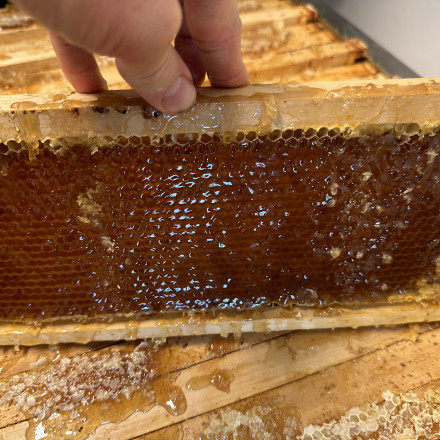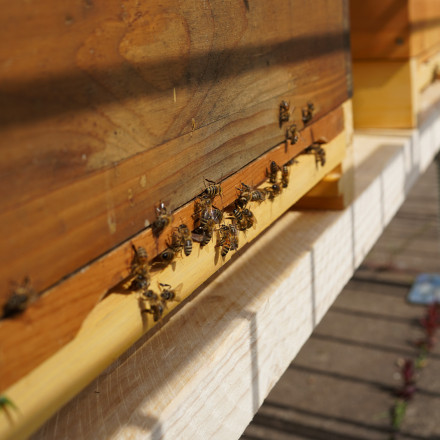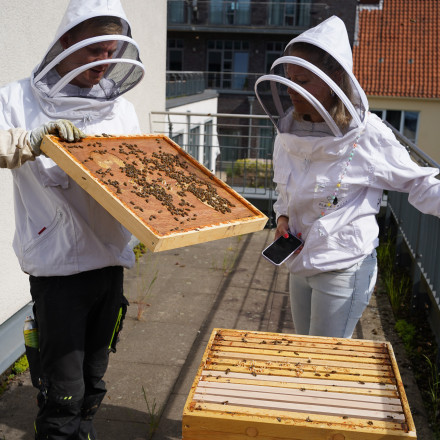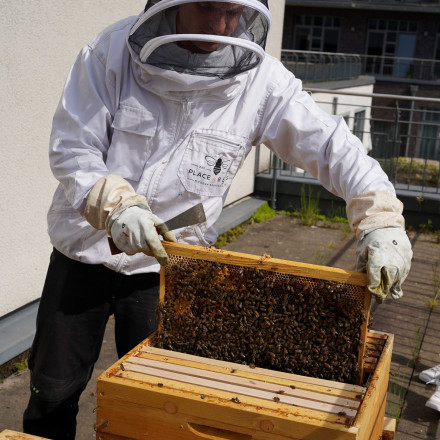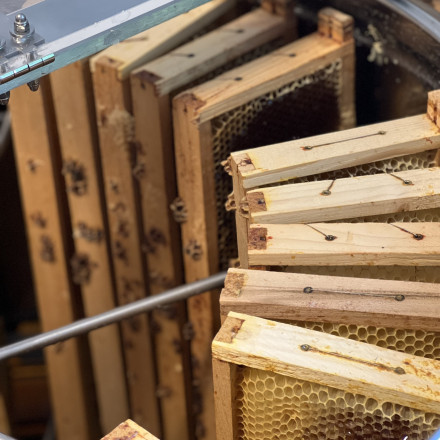
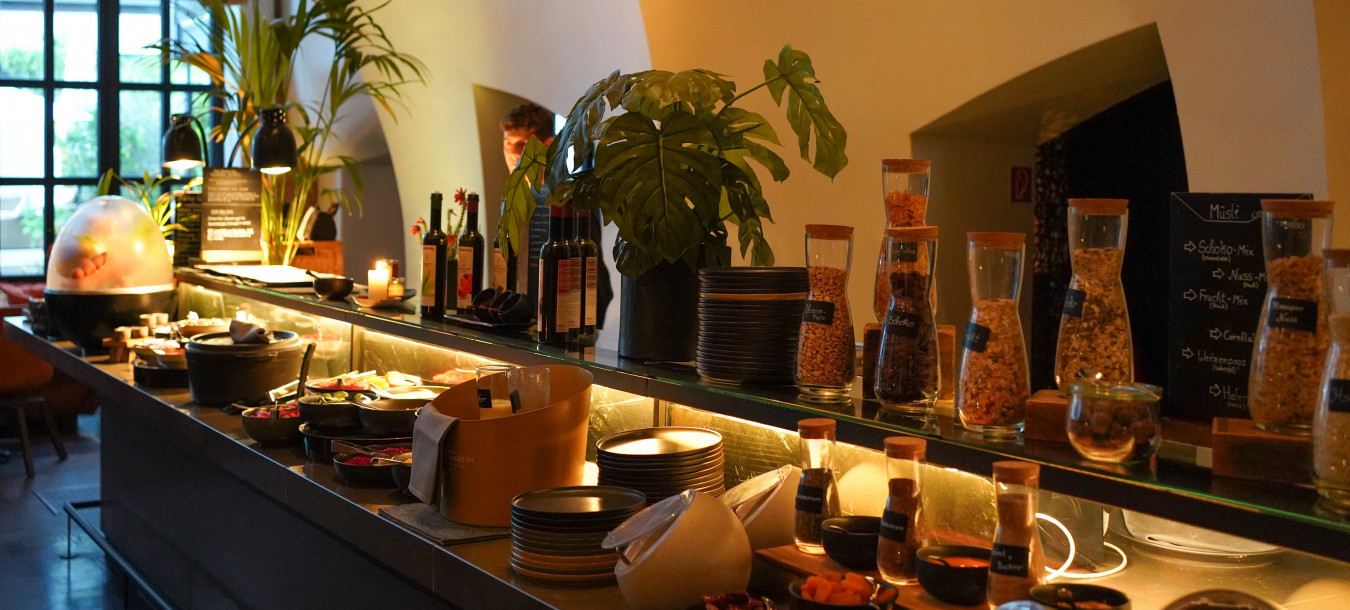
Time for the most important meal of the day
The east Hotel on St. Pauli offers you the perfect start to the day.
Choose from fresh bread, rolls and croissants from the regional bakery, cakes and Danish pastries, sausages and cheeses from the region, smoked fish, various yoghurts, muesli and granola with toppings, fresh fruit, homemade jams, honey and chocolate spread as well as vegan and vegetarian options food like hummus and beetroot salad make your perfect breakfast.
Prices:
EUR 35.00 / person
EUR 20.00 / children or young people aged 12-16
EUR 12.00 / children from 6-12 years
Breakfast is free for children up to six years old.
All prices include coffee specialties, tea, orange juice and water.
Breakfast times
Only for hotel guests
Monday - Friday
7.00 am - 10.30 am
Saturday and Sunday
7.00 am - 12.00 noon
Breakfast honey from the roof of east Hotel
For several years now, there has been a beehive on the roof of the east Hotel with a colony of up to 50,000 bees, depending on the season.
The hard-working residents of the beehive produce around 40kg of honey per season - the east Kiez honey, a city honey from St.Pauli and the surrounding area, which is harvested and bottled at the Places4Bees beekeeping in Rahlstedt.
During the winter months, the bees stop flying outside the hive and instead huddle closely together in a so-called winter cluster in order to maintain a constant temperature in the hive.
As soon as the outside temperature rises above approx. 12°C, the bees leave their hive for their first flights in spring.
During the active period of the bees, the Places4Bees beekeepers visit approximately every 14 days and check the condition of the hive and the health of its residents.
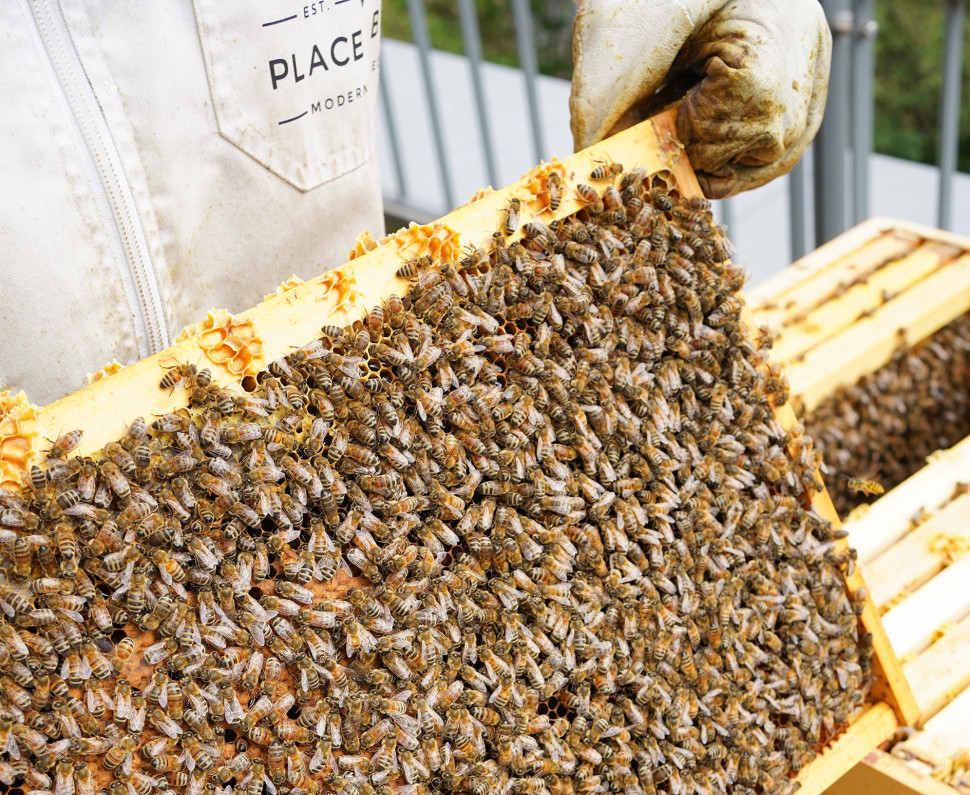
From the beehive to the honey jar
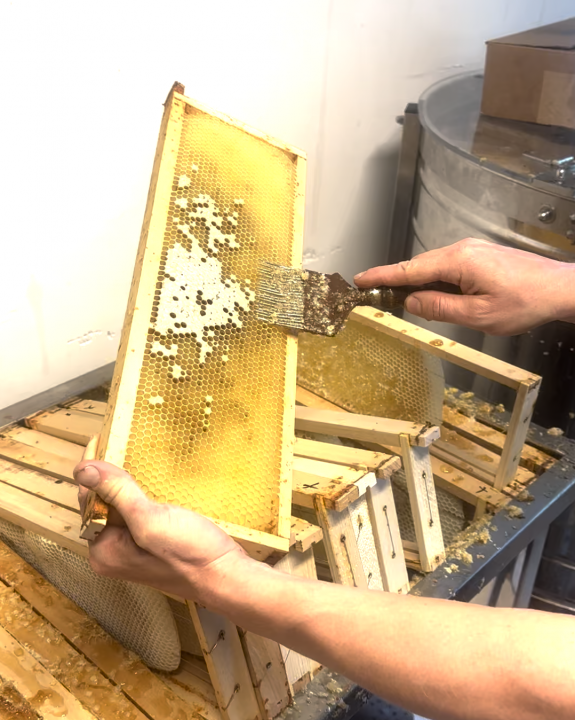
Step 1 - Uncapping honeycombs
The individual honeycombs are first uncapped, i.e. freed from the wax layer that the bees produced to preserve the finished honey.
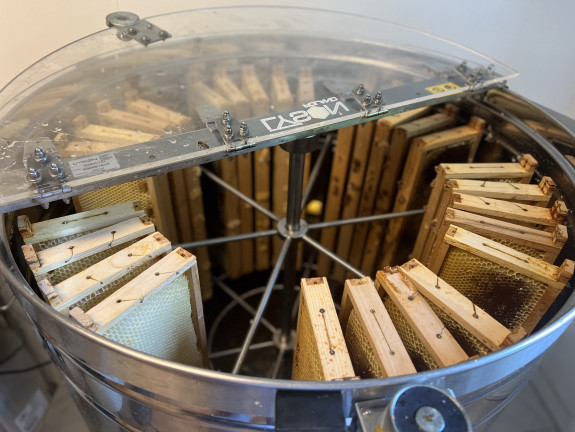
Step 2 - Spin cycle
In the next step, the now exposed honeycombs are hung in a so-called honey extractor and rotated at up to 300 revolutions/min. thrown. Through centrifugal force, the honey sprays out of the honeycomb onto the inner wall of the drum, runs down it and finally flows out of the outlet tap over the honey sieve into a collecting container.
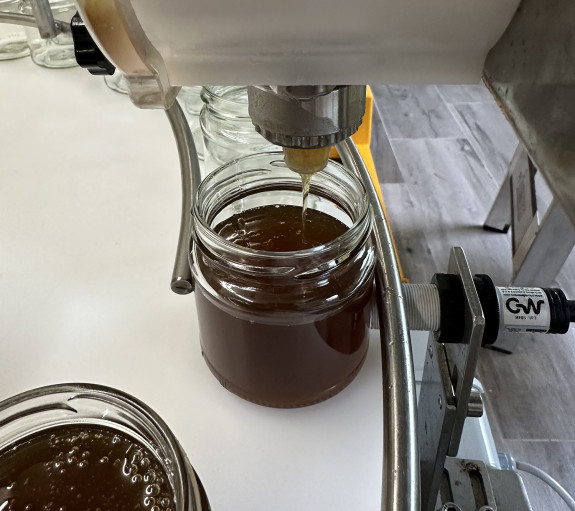
Step 3 - Filtering and bottling
After spinning, the honey is carefully cleaned of particles by repeated sieving and skimming.
Finally, if necessary, the honey is stored temporarily, rests and is finally filled into jars.
By the way: The empty honeycombs are in contact with bees for a few days and are accurately “licked out”. This means they are perfectly prepared to be used again next spring. Honeycombs that are too old or no longer suitable are taken out of circulation, melted down and processed into new central walls by a service provider. This ensures your own wax cycle.
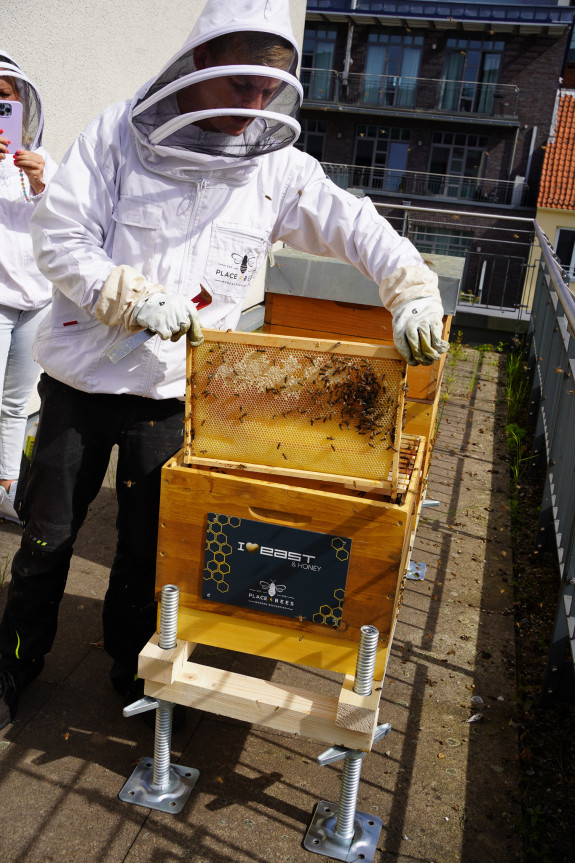
Step 4 - Caring for the Bee Colony
After the honey harvest comes the very important care of the bees. On the one hand, the feed situation must be closely monitored after the honey has been removed. The bees have retained some of their own honey, but additional feeding may still be necessary to ensure that the colonies go into the winter with sufficient reserves.
On the other hand, the bees must be treated against parasites (the so-called Varroa mite) in several stages - as gently as possible and as effectively as necessary.
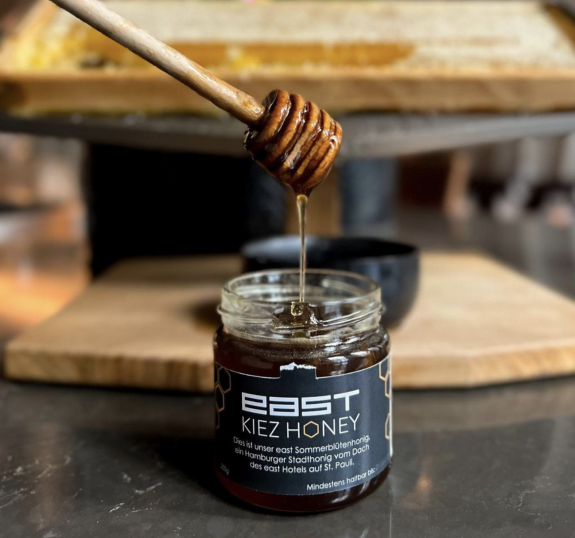
Step 5 - Enjoy Honey
You can try the fresh honey every day on our breakfast buffet. Would you like to take a glass home with you? No problem. In the shop at reception you can buy 250g jars of the delicious east KIEZ honey and give it to your friends and family or enjoy it yourself.
Thank you for your support.
